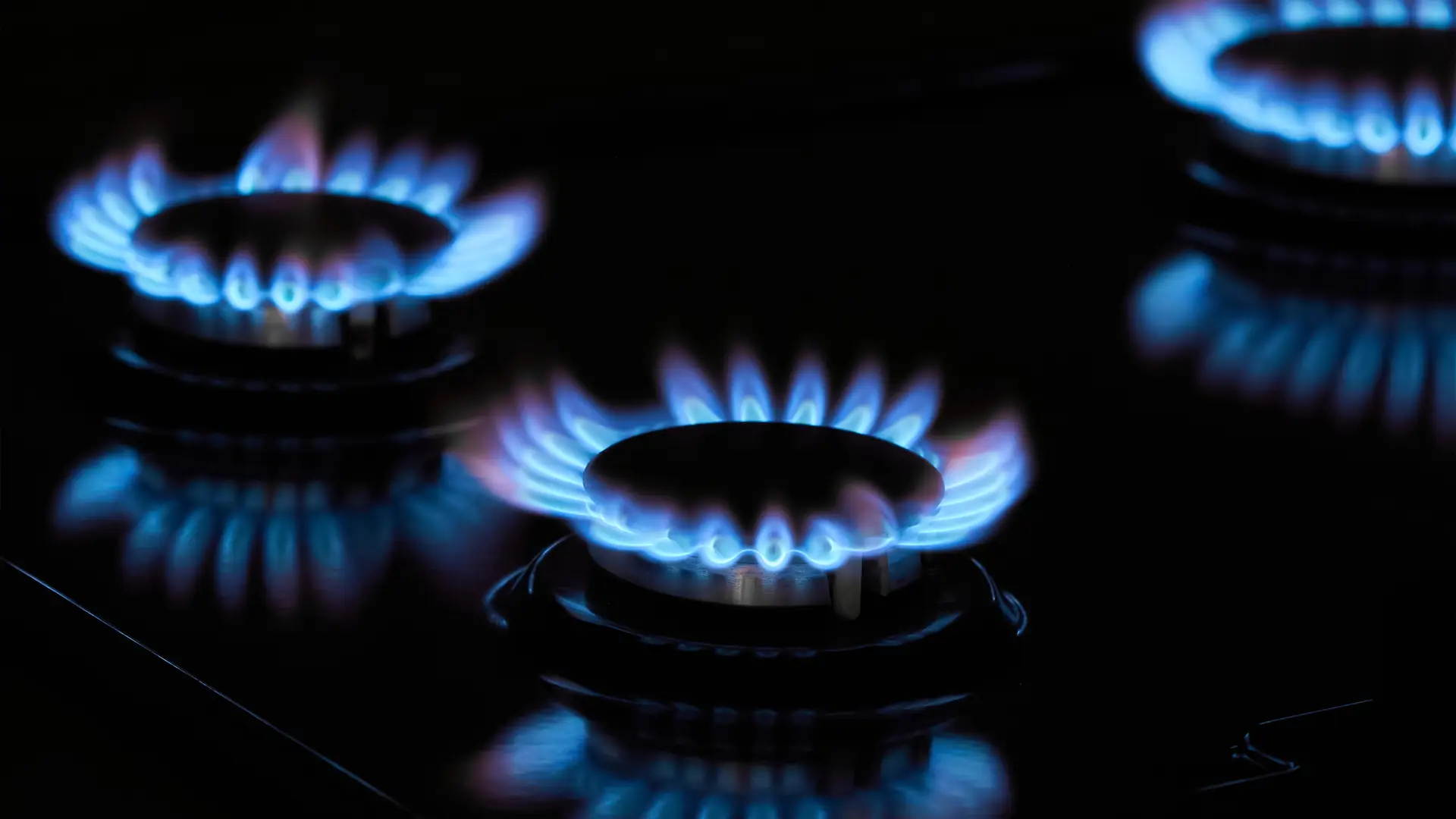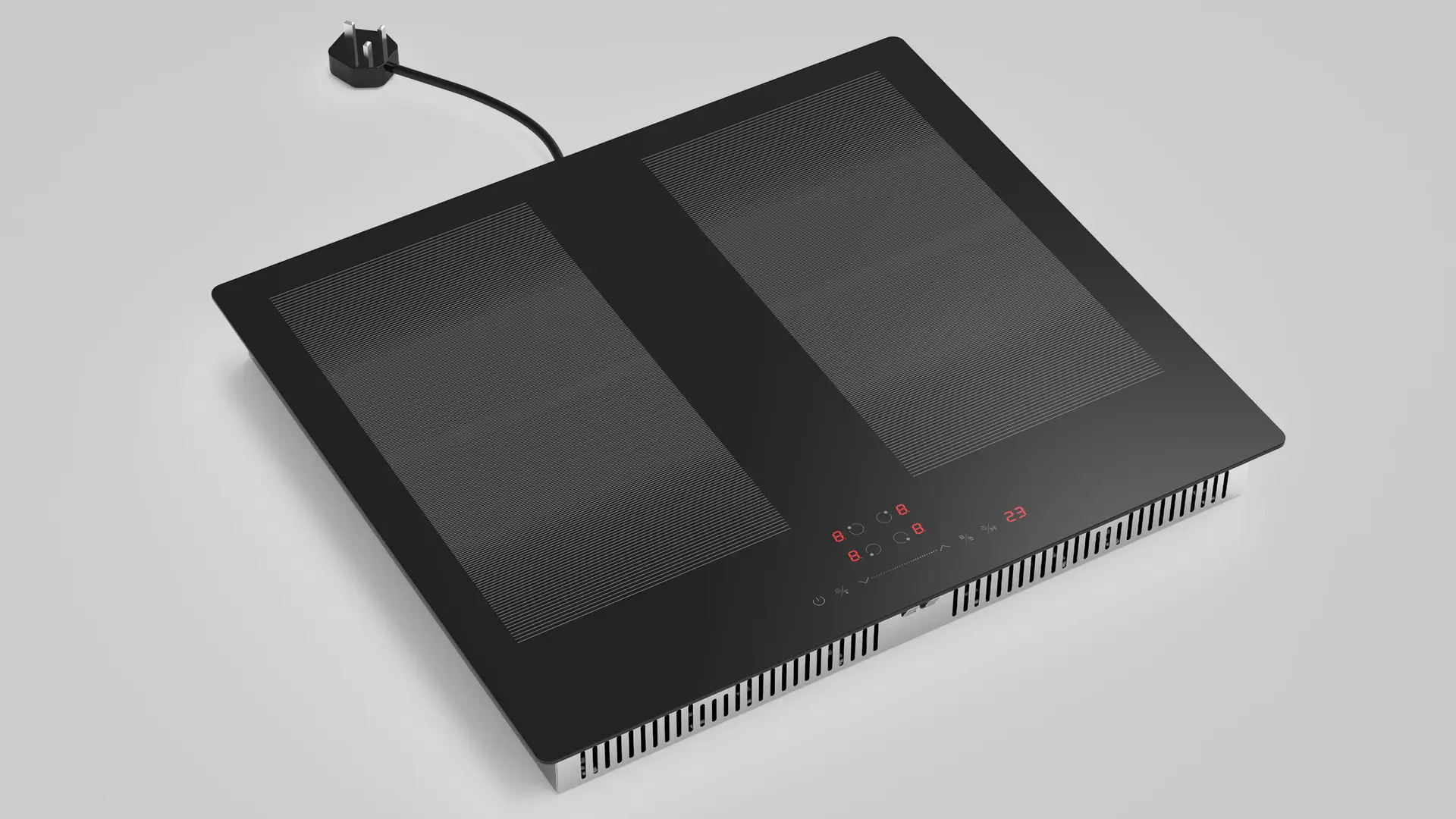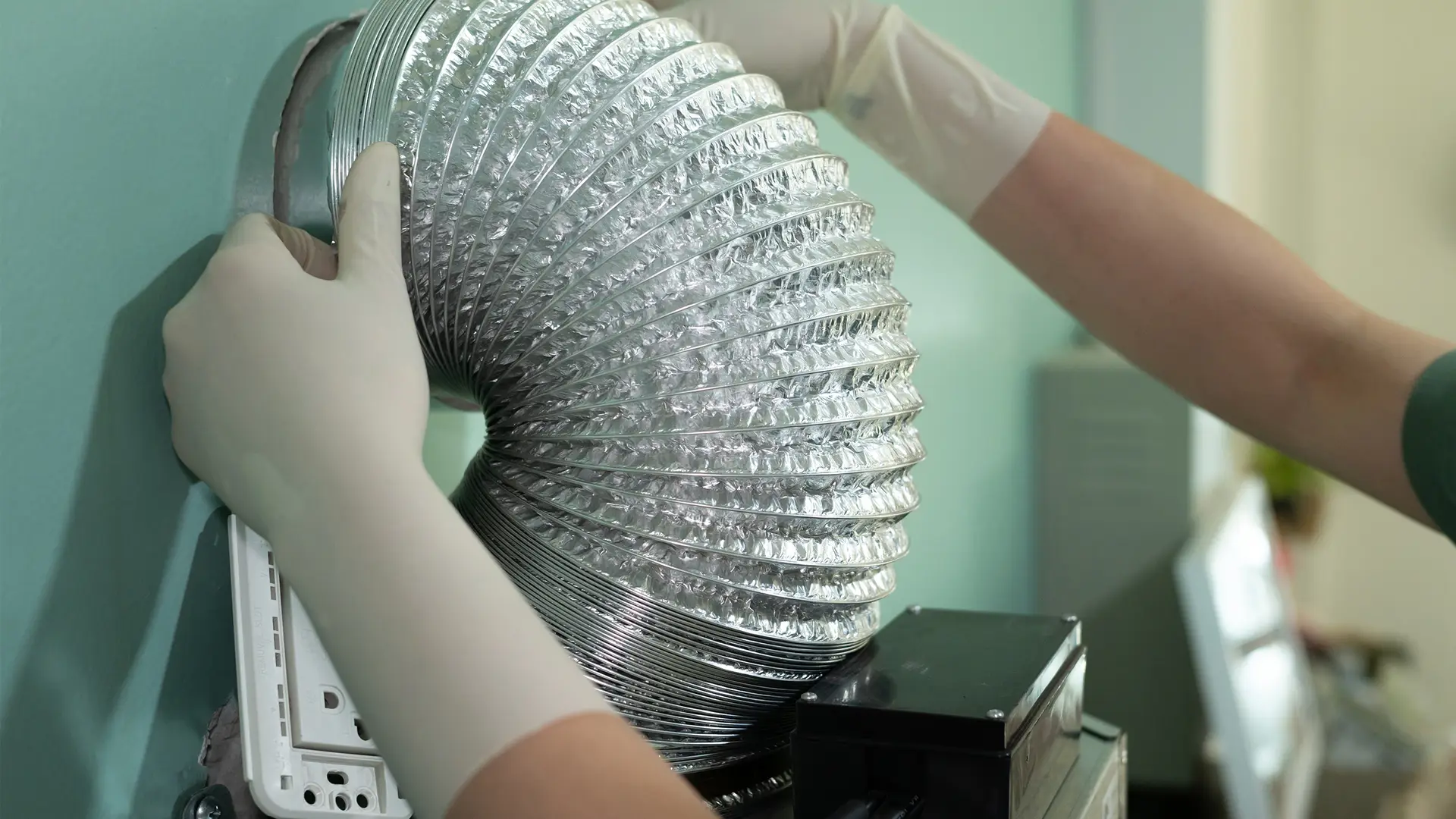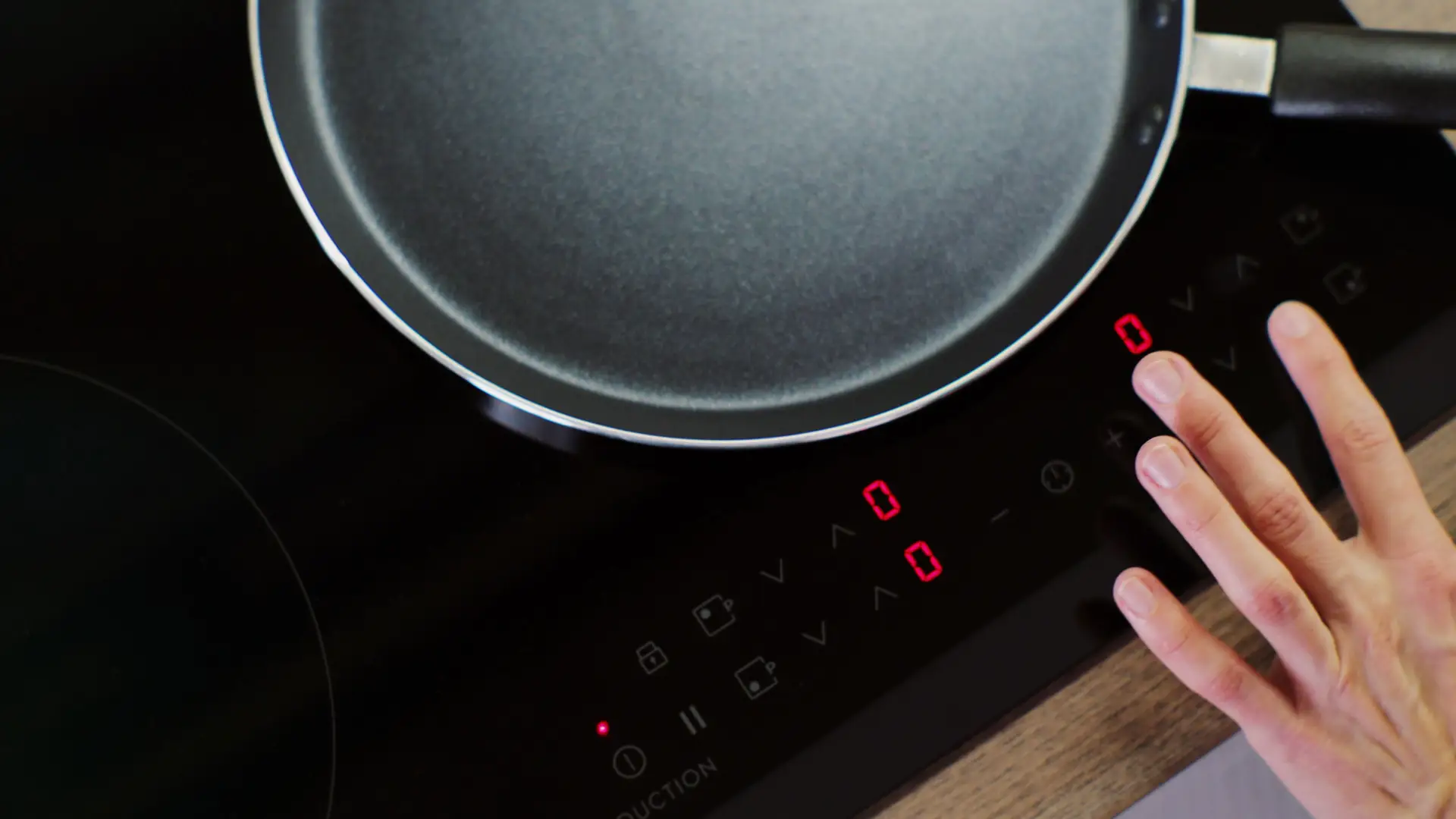Power Boost on Induction Hobs: When It Helps and When It Wastes Energy
Modern induction hobs often come with a Power BoostA short-term function that delivers maximum power to a cooking zone for rapid heating, often used for boiling water or searing food. function — a feature designed to supercharge heat output for a short burst. But while it’s convenient, it’s not always the most energy-efficient choice.
When Power Boost Helps
Power Boost is ideal when you need rapid heat. It can boil a pan of water in half the time of a traditional hob, making it useful for quick meals, searing meats, or bringing large pots to temperature fast. For tasks like these, the extra power actually saves energy overall because cooking time is significantly reduced.
When It Wastes Energy
Using Power Boost for gentle cooking, simmering sauces, or frying can waste energy. Because the function delivers maximum output, you’ll often need to lower the temperature quickly, meaning that heat is generated but not effectively used. It’s best reserved for short bursts rather than regular cooking.
Tip: Once your pan reaches temperature, switch back to a standard setting to maintain control and efficiency.
Smart Use of Power Boost
In short, use Power Boost strategically — for boiling, rapid reheating, or short, high-heat bursts. Overusing it can draw unnecessary power and even temporarily reduce output to other zones on your hob.
If you’re looking for an energy-efficient hob with precision power control, explore our CATA induction hobs.
- All Posts
- Cooker Hood Guides & Advice
- Dishwasher Guides & Advice
- General Appliance Guides & Advice
- Hob Guides & Advice
- Laundry Guides & Advice
- Microwave Guides & Advice
- Oven Guides & Advice
- Wine Cooler Guides & Advice

Discover why your cooker hood fan is rattling and how to fix it. Learn quick DIY checks or when to...

Discover how vented induction hobs work, combining sleek cooking with built-in extraction. Learn the benefits, features and if one’s right...

Discover how hob-to-hood connectivity keeps your kitchen fresher and saves energy. Learn why this smart pairing is worth it -...

Find out if a downdraft cooker hood is worth the investment. Learn the pros, cons, and installation tips before buying....

Learn why appliance warranties are essential for peace of mind and savings. CATA offers 5 years parts and up to...

Discover if vented induction hobs are the future of kitchen ventilation. Explore benefits, trends, and expert insights - find out...

Find out whether your gas hob needs a Flame Failure Device (FFD) or Flame Supervision Device (FSD) and why they’re...

Discover the pros and cons of 13 amp plug-in induction hobs. Learn if they’re right for your kitchen, budget, and...

In this guide, we’ll explain whether outdoor extraction is necessary, what your options are if it isn’t possible, and how...
